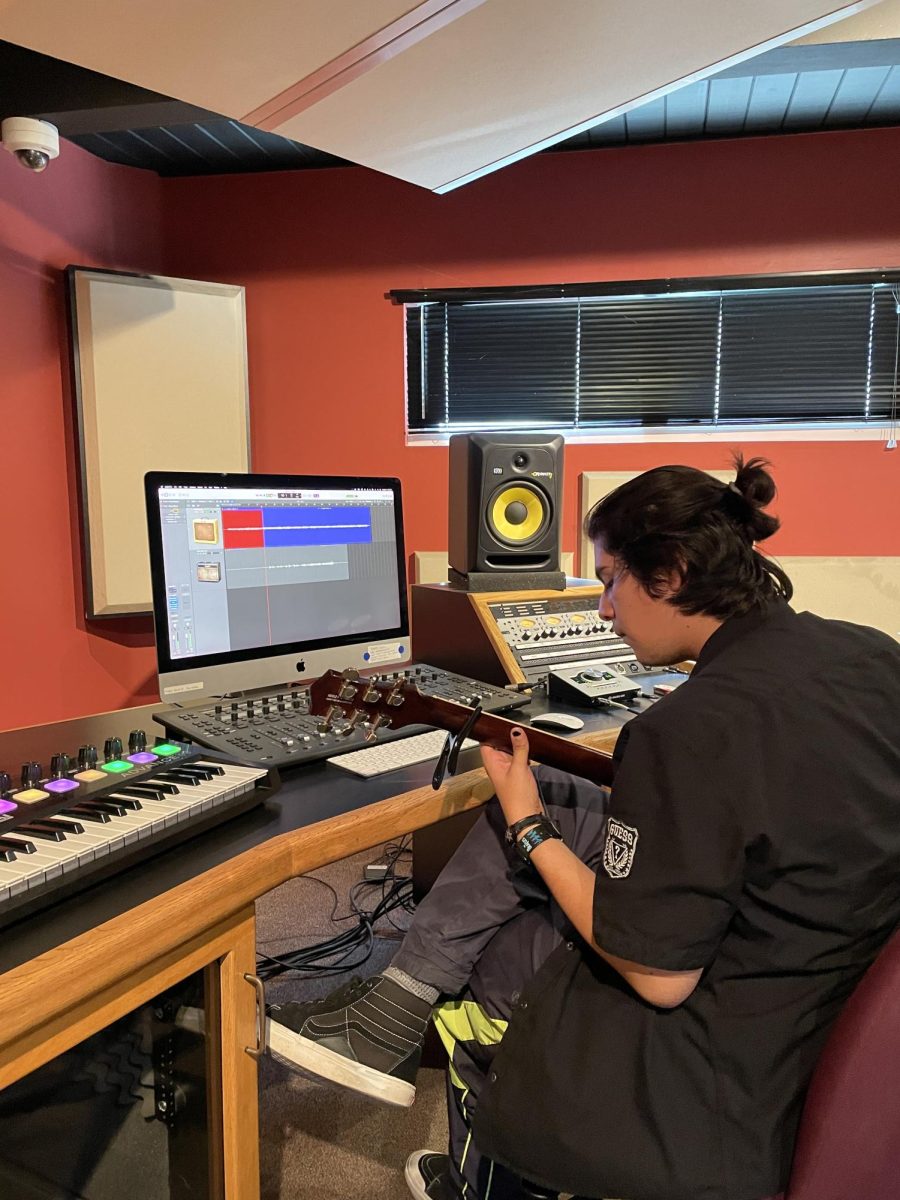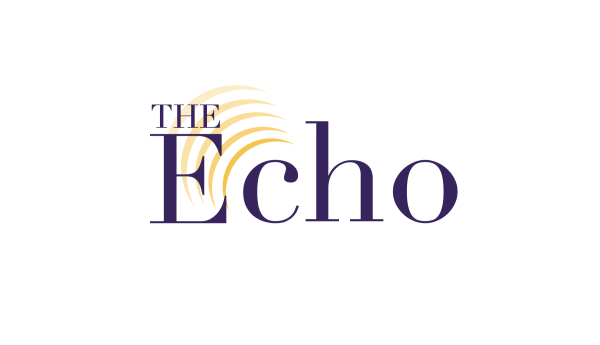Arts education funding has had a long history of being cut from schools or at least seen as less important than traditional curriculum.
In California in particular, “barely 1 in 5 public schools have a full-time arts and music program,” according to Edsource. In states like New York, full-time arts and music programs are in four out of five schools.
I believe there is a large misconception by many policymakers that arts education isn’t as valuable as subjects like Math and English to students in schools.
However, I think arts education, whether it be music, dance, theater, fine or graphic art, photography or filmmaking or any other kind of creative expression, is just as important to a student’s education as any other subject.
It not only allows the world to be a more beautiful and creative place, but also teaches young students who haven’t found their voices in academic classes yet that there are other ways to tell their stories, and that is through these various art forms.
According to Cal Matters, arts education can have incredible academic benefits as well. Arts and music education has been shown to “improve cognitive development, reasoning and language acquisition, and corresponds with higher achievement in reading and math.”
This type of education has also led to higher school attendance, as it gets students excited about being able to have more creative freedom in projects.
Chair of the Music Department and Music Production Program at California Lutheran University, Mark Spraggins, said the arts are a side of human development that is often overlooked by school districts, especially when they are seen as just extracurriculars.
“I think it’s developmentally very necessary, especially for kids,” Spraggins said. “I think COVID kind of showed us what could happen when kids are isolated and missing out on those sorts of interactions that you get in the arts.”
Spraggins said some of his frustration in this debate comes from policymakers suggesting that those going into STEM fields are more valuable.
“The true driver of economies is you create things. In our country, that’s always been our hallmark that we’ve created all this new technology, but if you live in a world where the arts don’t exist, a lot of the tools and skills for creating are going to be gone,” Spraggins said.
Teach & Kids Learn shares four standards that many arts curriculums have followed. This includes creating, performing, presenting, producing, responding and connecting, all of which can be applied to other studies as well when integrated into student’s learning initiatives.
What schools also need to realize is that the arts don’t just teach students skills that can help with their learning, but they are also incredibly impactful to their social development.
Susan Angelo, Cal Lutheran adjunct professor in the Theatre Arts Department who has led arts education programs for over 25 years, said that arts education should be core to all curriculum.
Within the arts, Angelo said students can uncover feelings from experiences in their lives just by having a creative space to tell their own stories. Whether it’s through performative or visual art, it gives them a platform to share those stories that are sometimes better to be told without words.
“I’ve seen it change people’s lives,” Angelo said. “They learn to process these big emotions and they aren’t afraid of language … it’s a safe place to process emotions that otherwise will inhibit you or frankly overwhelm you and too many kids are in panic.”
Angelo said it all starts with a need to tell a story and that story can be very simple. She said when you have a format to open that story up for yourself and share it with others, it can be so powerful.
“We’ve all experienced the same emotions so when somebody gets up and shares and is brave enough to share a story, a song, and express who they are or investigate who they are through some art form. It is like magic for everybody listening. Everybody watching it opens people up. It’s cathartic,” Angelo said.
Cultural recognition is another topic that should be highlighted in this fight for arts education.
Spraggins said that a lot of times, arts education becomes very narrowly defined, depending on who is defining it. However, some may not realize the importance the arts have for various groups of people and communities.
Spraggins said the arts need to stay relevant to the times and its audiences for people to stay engaged. He said one way this can be done is by embracing multiculturalism in the world because when art is able to do that, it is much more noticed by the general population.
Angelo said we would be a better society if people valued the arts more and had more exposure to different cultures in this format.
Spraggins said one of the consequences of cutting arts funding is creating more generations of people who don’t appreciate the arts in life.
“Maybe they’re not attending concerts or they’re not going to art museums, or they’re simply not engaged in the arts, so you lose part of the community,” Spraggins said.
Spraggins said those in arts education should always be trying to get people involved in some way to keep people more engaged and to keep society more artistic.
According to Edsource by Karen D’Souza, Austin Beutner, former superintendent of the Los Angeles Unified School District, spearheaded Proposition 28, a groundbreaking arts initiative that has the potential to be a game-changer for California public education.
“Proposition 28 creates a guaranteed annual funding stream for music and arts education that equals 1% of the state’s general fund. In 2023, that comes out to roughly $941 million,” D’Souza said.
I hope policymakers understand the importance that the arts can have on students’ learning by implementing creative classes into a traditional curriculum. In addition to learning, the arts can help students foster their appreciation for the world and other cultures, and give them a chance to inspire others with their own stories.
“I think anybody pursuing a career in arts education, they’re not doing it for the bucks. Just like teachers, they’re not the most highly paid, and yet arguably they’re the most important in our society,” Angelo said.







